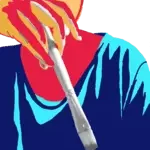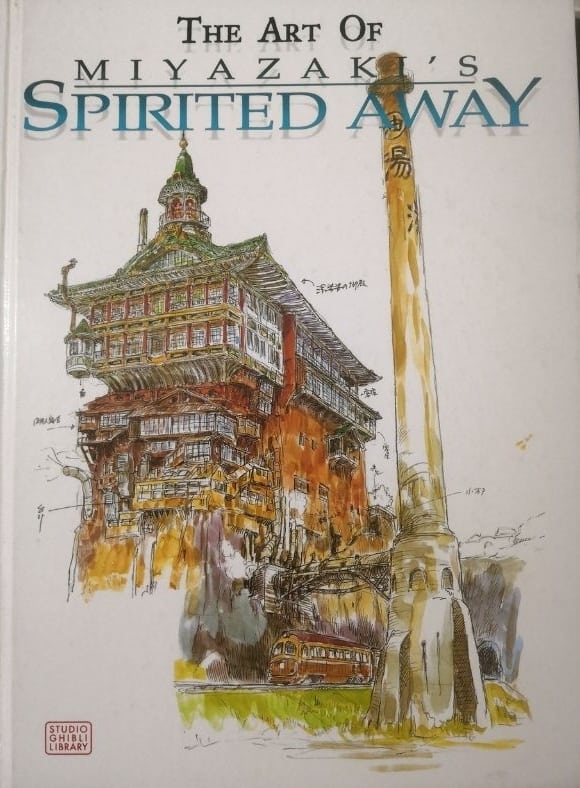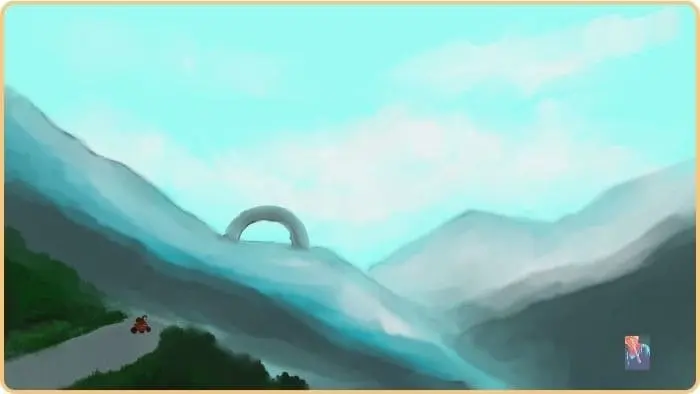Of all the Ghibli movies one can list, Spirited Away often finds its way onto easy recall. It became the highest-grossing film in Japanese history and won numerous accolades. But Spirited Away is not remembered for the numbers it managed to win; it earned love for the humongous imagination at work through each frame.
The Art of Miyazaki’s Spirited Away gives a tiny sneak-peek into the amount of thought and hard work in doing justice to the script through character sketches, development, landscapes, and the infusion of CG.
AD
Anyone interested in developing original characters can gauge the parameters that define a character’s shape like age, gender, maturity, and personal perks like Yubaba’s rings. There are details on soot spirits, Kamaji, Frogmen, women who worked at the bathhouse, Noface, etc. The book includes additional pose illustrations, which also make good study material.
Buildings are a big part of Spirited Away. Materializing restaurants from thin air to the elaborate bathhouse design, this book reveals the inspirations behind creating these buildings and their interiors. Design references are Japanese, but a closer inspection reveals that Yubaba’s living quarters, like her clothing and appearance, are in western taste.
Most design inspirations go back to Japanese community halls from the 1930s, with carefully chosen color schemes to inspire nostalgia and a sense of preservation.
Many specific details did not make it into the movie, like Chiro’s parents’ age, the collective name of the three heads popping around in Yababa’s quarters, or the names of the variety of gods that visit the bathhouse. Spirited Away is a plethora of references from Japanese culture and fused well to make a consistent story. There are numerous editorial notes throughout the book that give further insights.
AD
Spirited Away’s art book is hardbound, not textually heavy, and contains many HD pictures from the movie. The book’s design navigates the way the film progresses and introduces characters. Reading The Art of Miyazaki’s Spirited Away is like watching Spirited Away again; only this time, we learn, control the pace and hold the frames in our hands.
Spirited Away is an entirely digital film on technical grounds, and a section of the book also sheds light on technical restraints, image productions, and details on morphing. There are screenshots from software and how often tech fell short of imagination at work.
This book begins with Hayao Miyazaki’s note on why the movie came into existence. His note is a gateway to his inner thoughts on how he perceives the balance of nature, his belief system that roots in traditional values and culture, and it rides on the story of Chihiro Ogino. There are additional notes by supervising animator – Masashi Ando, art director – Yoji Takeshige, director of images – Atsushi Okui, and digital animation supervisor – Mitsunori Kataama.
Spirited Away makes a beautiful watch for 10-year-olds, but it also leaves a lot to wonder for a mature audience. There’s more to it than Chihiro’s journey of finding herself through an epic adventure.
There’s a message on pulling a cycle out of dirty river god, and there’s a lot left unsaid and only to interpretation when Yubaba failed to recognize her baby in the mouse avatar. Also, there are some intriguing references to gender-based character designs. This Spirited Away art book is for anyone curious enough to know behind the scenes, get a broader look at the artwork, or access high-definition stills picked from various corners of the movie.
The book reflects the amount of thought and care that has gone into the movie’s development. From the character portrayals to depict the nature of the varied spirits to humans, to the infusion of different art styles strategically used to convey transitions, to the restraints that allowed art to prevail over computer graphics; the Art of Miyazaki’s Spirited Away is a recommended read.



Comment